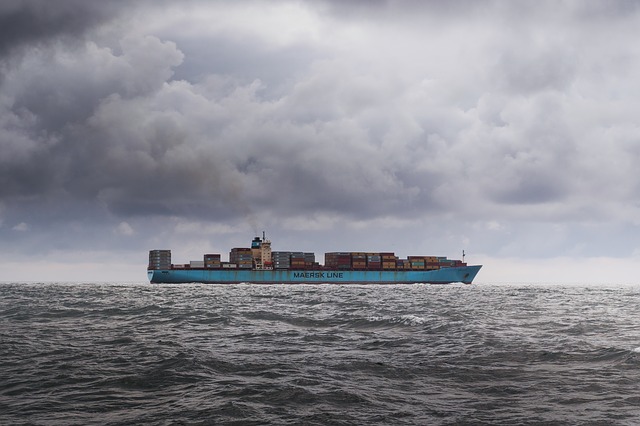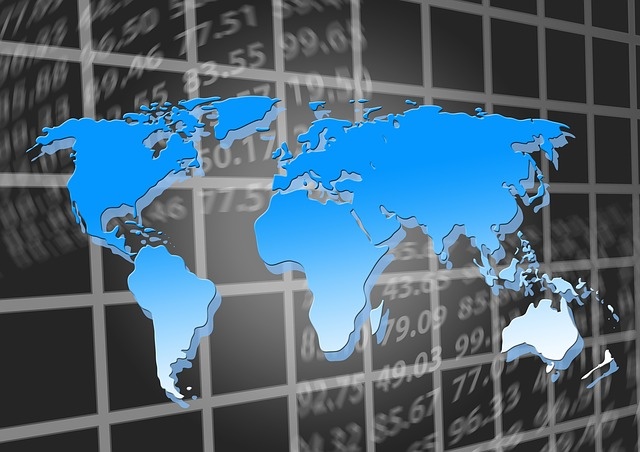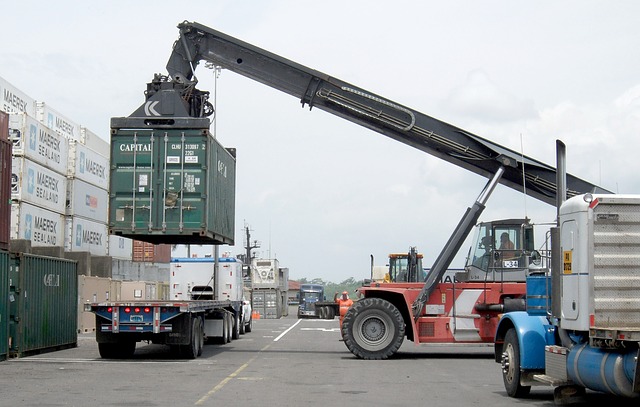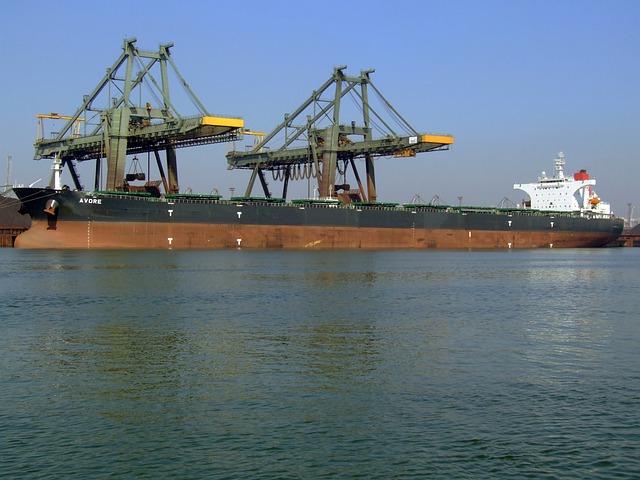Commerce to eCommerce: The History of Commerce

Commerce has evolved over the centuries from a simple trade of goods or services for other goods or services to the complex buying, selling, and trading that occurs online every day. In fact, eCommerce greatly changed commerce, allowing people to show whenever they want and making international orders much easier. Commerce has greatly changed over the centuries, and now it's a major part of all countries. But how did today's concept of commerce come from? Let's take a look at what commerce is, its history, and what types of commerce we engage in today.
What is Commerce?
Commerce is defined by the Business Dictionary as being the exchange of money for goods or services. While it's true that "commerce" can be applied to any transaction, most of the time when people think of commerce, they think of large-scale buying or selling. These transactions often require products to be transported from place to place or even from country to country. Commerce involves politics, economics, technology, culture, society, and the legal system. Another way of defining commerce is that it is the part of business that includes all institutions, functions, and activities that involve moving goods to consumers from producers.
Commerce is a part of all countries and communities. Any time one person trades something they've found or made for something else, commerce is occurring on a very small level. When done properly, commerce can help improve the standards of living for a country's citizens and improve its relations with other countries. When it's not regulated, big businesses can gain control of the market, manipulating it for their own benefit and driving smaller businesses into bankruptcy.

Where Commerce Spawned from in History
Commerce had its beginning when the first humans started trading goods, but it wasn't until money was introduced that what we think of as commerce really began. Global commerce as it's known today had its beginnings in the 16th century, when large trading companies were formed in the UK, Spain, Portugal, and the Netherlands. These empires freely traded with each other, and as explorers met other civilizations in Asia and Africa, their trade routes expanded and connected to the trade routes already in place in those countries.
By the 20th century, trading and shopping expanded from small shops and outdoor markets to supermarkets, discount stores, and shopping malls. Sailing ships were replaced by steamships, then by railroad and finally by planes and large cargo vessels. With these changes, commerce went from a slow process that could take weeks to a process that could take as little as several hours. The creation of organizations such as the World Trade Organization was done to help control commerce and to promote free trade and remove any barriers to trade. Over the years, commerce has also become interwoven with government, and most nations have some form of organization that ensures businesses don't become monopolies or try to manipulate the market.

Types of commerce today
Commerce has changed since the time of the large maritime trading companies. There are a number of different types of commerce now in play. While trade between countries is still the main force of commerce, it's done differently now -
it's much faster thanks to advances in technology. Home trade, or trading by citizens of the same country, has also become a powerful type of commerce that drives a nation's economy. Commerce has also grown to include auxiliary industries, too, including advertising, warehousing, banking, transportation, and insurance.
ECommerce is probably the newest and most innovative type of commerce. It involves online commercial trading between businesses and consumers. Because the internet never closes, eCommerce can occur at any time. Many businesses have seen their profits greatly increase by opening eCommerce sites, and some, such as Amazon.com, rely entirely on online sales. ECommerce can be broken down into a number of subtypes, including business-to-business and business-to-consumer.

Modern commerce - eCommerce
ECommerce has even evolved in the last 10 years to become much more mainstream. People were once very wary of giving out their private financial information online, but today, thanks to improvements in cyber security, it's possible to shop or make large financial transactions online without worry. Many types of stock trading are done online now, including foreign currency exchanges.
But eCommerce itself is being left behind. A new type of commerce is Mobile commerce or M-commerce. It encompasses any commerce that is done through mobile devices such as smartphones or tablets. M-commerce is sometimes called the next form of eCommerce. M-Commerce is driven by the Wireless Application Protocol technology that helps users access the internet securely. This technology is more prevalent in Europe, although it's becoming more available around the world.
Then there's P-Commerce, which can either stand for Pinterest Commerce (buying/selling using the Pinterest website) or Participatory Commerce. The second type is the more noteworthy. It's a new concept where consumers can participate in the funding, design, and selection of products. Crowdsourcing is a type of P-Commerce that is becoming more and more popular.
|
|